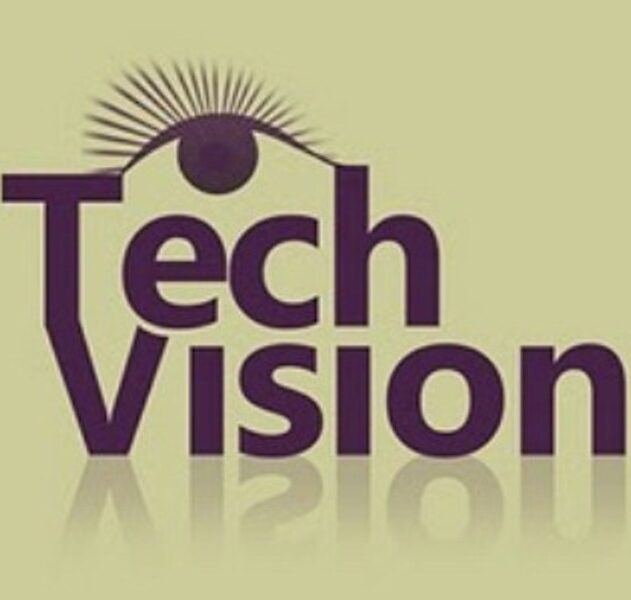In 1996 the United States Department of Education sent the following in a letter to all U.S. schools:
"Schools should remain cognizant of their responsibility to provide equal educational opportunity for individuals with disabilities when procuring technology systems for the use of students and staff, particularly multimedia, graphics and graphical interface (such as Windows) applications. Obviously, every computer or piece of technology equipment need not be equipped for use by persons who have disabilities. But overall, technology devices and systems of technology used by students, teachers, or other school employees should be capable of being used, or adapted for use, by individuals with disabilities. It is quite possible to unintentionally construct new barriers when acquiring educational technology systems if schools do not consider accessibility features. In many cases, decisions now being made about the selection of systems configurations, and computer hardware and software will provide the technological infrastructure to be used in schools for years to come. If every school adds consideration of accessibility to its decision-making process when acquiring technology, it will greatly increase the ability of students, teachers, and other individuals with disabilities to participate equally in the information age with their nondisabled peers."Students with disabilities must have an equal opportunity to participate in and benefit from a school district's programs and activities. If computer technology is part of a public school's education program, Section 504 and Title II of the ADA require a school to provide students with disabilities with accessible computer hardware and software so that they are not excluded from the education program. In addition, the computer hardware must be placed in a location that is accessible to students with disabilities. If technology is purchased that cannot be made accessible, it will have to be retrofitted, replaced, or some other adaptation will have to be made so that students with disabilities can have an equal opportunity to participate in the education program. If equal access to an education program can be provided through other means, a particular technology may not need to be fully accessible to every student. However, technology should be readily available that can provide access for individuals with all types of disabilities. Where technology is the "sole provider" of information or services, for example, an electronic library system or a single station that provides Internet access, it must either be accessible or be able to be made accessible in order to provide students with disabilities with an equal opportunity to participate in the education program."In addition, the ADA requires public elementary and a secondary school to take appropriate steps to ensure that communication with individuals with disabilities are as effective as communication with others. Communication in the context of information technology means the transfer of information through computers, including the resources of the Internet."– Assistant Secretary Judy Heumann, Office of Special Education and Rehabilitative Services, Department of Education, Mary E. Switzer Building, 330 C Street, S.W., Washington, D.C. 202022
